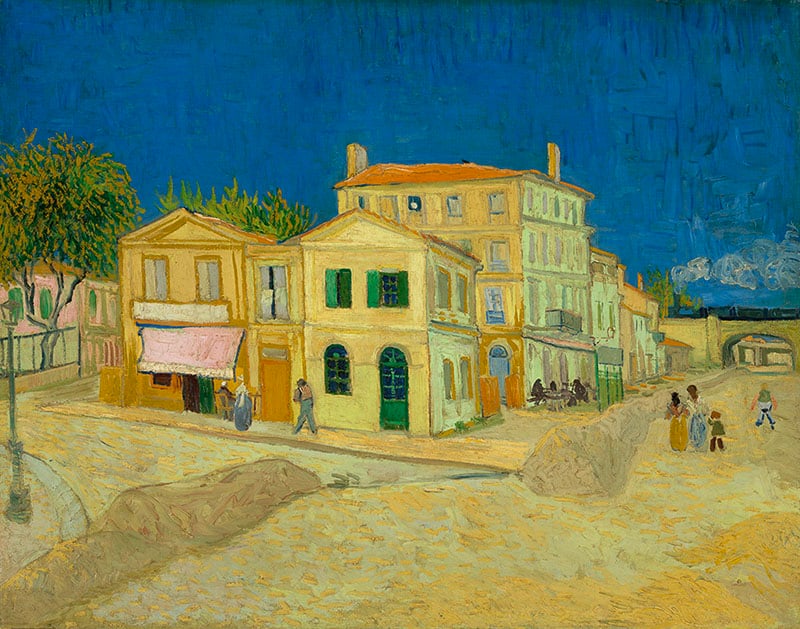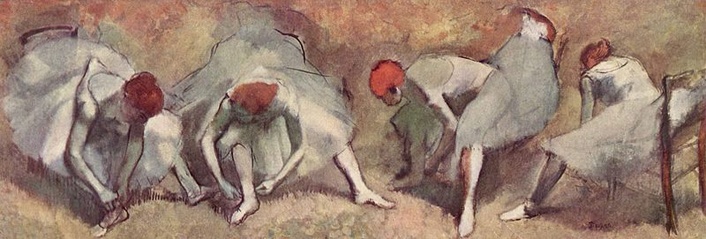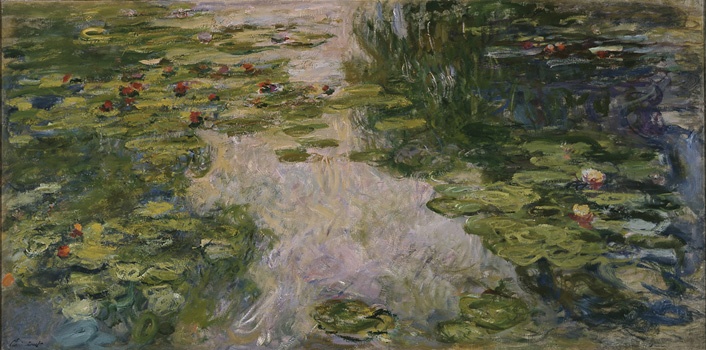There are several points in Van Gogh’s life we can turn to better understand him. One of the key periods of artistic development he went through was his time in The Yellow House. His desire for an artist retreat and studio in the Arles highlighted his need to be surrounded by his work and the creativity of others, but in a way that was not suffocating like in Paris or other major cities. Using his letters, we are taking a look at how Van Gogh’s time in The Yellow House affected his art and influenced his life.
Read More
Topics:
Vincent van Gogh,
Impressionism,
Van Gogh Through His Own Words
Paul Gauguin (1848–1903) was born to Clovis Gauguin (1814–51) and Alina Maria Chazal (1825–67) inParis. A man driven by his own desire above anything else, Gauguin is a celebrated artist with a story that now warrants people questioning his work. He would come to be defined by his travels and work in what he termed ‘primitive’ cultures, but from an early age this travelling was a central part of his life.
Read More
Topics:
Masterpieces of Art,
Impressionism,
paul gauguin,
gauguin
The nineteenth and early twentieth centuries encompassed some of the most exciting periods in the history of art. With an explosion of new styles and movements, the variety is duly reflected in our 2018 calendars. Take a look at this week’s Top 10!
Read More
Topics:
Gustav Klimt,
art of fine gifts,
Flame Tree Calendars,
Impressionism,
Post-impressionism
A French painter and graphic artist, Edgar Degas (1834–1917) was one of the leading members of the Impressionist circle.
Read More
Topics:
Edgar Degas,
Impressionism
Claude Monet (1840–1926) transformed French painting in the late nineteenth century. The term 'Impressionism' was taken from his painting Impression Sunrise (1872), which was exhibited in 1874, in the first of Monet's independent exhibitions that would give rise to the Impressionism movement. Throughout his long and successful career Monet became a master of colour and light; exploring the countryside, painting en plein air and capturing landscapes of Paris and Normandy and the beautiful water lilies and flowers in his own garden at Giverny.
Read More
Topics:
Claude Monet,
Impressionism
Inspired by the RA’s new exhibition on Painting the Modern Garden, of which Monet’s stunning Garden of Giverny paintings are a big part, this blog takes a look at one of the most popular art movements: Impressionism. We put it into context – with a brief look first at Realism in France, and its move away from classical art; as well as an exploration into how it formed the roots of Post-Impressionism.
Read More
Topics:
art of fine gifts,
Claude Monet,
Impressionism,
Post-impressionism,
Art Movements
Impressionism emerged during the second half of the nineteenth century, at a time when the Académie des Beaux-Arts was largely in charge of what French art, its content and its style should look like. The Académie favoured traditional values and conventions and they were quick to dismiss Impressionist painters' work because of the latters' disinterest for realism and detailed accuracy. Monet, Renoir and company are known to have taken more interest in perception than description. They preferred landscapes to historical scenes and contemporary life to mythology. Among the Impressionists' most recurrent subjects is the female form, which we will be taking a closer look at in today's blog.
Read More
Topics:
Impressionism










